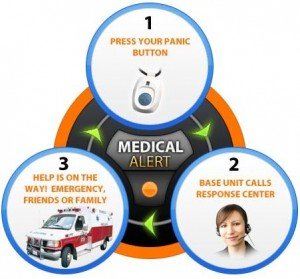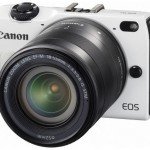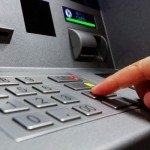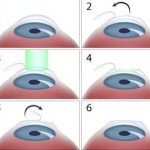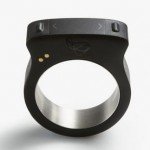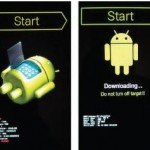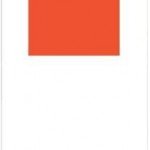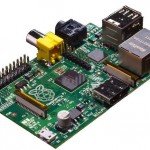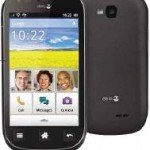How to Pick a Medical Alert System
You’ve probably seen the ads on TV and in magazines—especially that iconic “I’ve fallen, and I can’t get up” commercial that, yes, is still running. The makers of medical alert systems promise swift help in the event that you have a medical emergency while home alone, whether it’s a fall or symptoms of a heart attack, stroke, or seizure. The ads are reaching a receptive audience: Sales of med-alert services are growing and expected to continue doing so as the baby boom generation ages.
Should you consider buying one, for either yourself or an aging parent who spends time alone? Here’s a quick guide on what the systems offer and what to look for when you shop:
Make the most of technology
Medical alert systems were introduced in the 1970s as simple push-button devices worn around the neck. They summoned help by signaling a base station connected to a home phone line that would alert a callcenter operator. Today’s systems are still wearable, but you can also mount help buttons throughout the home that allow for two-way voice communication with call centers. Some offer motion-sensitive pendants that can detect a fall and automatically place a call for help.
Who needs one? Most buyers purchase a system for an aging parent who lives alone so that they can get help quickly if needed. Tat person might be at a heightened risk for falls because of poor eyesight or memory changes, says Barbara Resnick, Ph.D., professor of nursing at the University of Maryland and past president of the American Geriatrics Society. The systems can also be useful in nonemergency situations where the user doesn’t need an ambulance but does need someone to come to their aid. The call center will alert a preselected relative or friend who can come over and assist.
What to look for
If you’re in the market for a medical alert system, the experts we consulted said the best ones meet all or most of the following criteria:
- It works for a user’s specific disability. For example, a stroke survivor may need a device he or she can activate with one hand.
- It offers a choice of a wristband and/or neck pendant. Cords worn around the neck can pose a strangulation risk; wristbands might irritate people with skin conditions.
- It includes help buttons that can be wallmounted near the floor in multiple rooms in case the user falls and isn’t wearing the pendant.
- It offers multiple choices for whom to contact if you need help, from emergency services to a friend or relative who lives nearby.
- It has a battery backup in case of a power failure.
- The base station can be contacted from anywhere on your property—even in the yard or at your mailbox.
- The company has its own monitoring center, located in the U.S., and employs its own trained emergency operators (rather than contracting that function out).
- The monitoring center has been certified by Underwriters Laboratories (UL), a nonprofit safety and consulting company.

